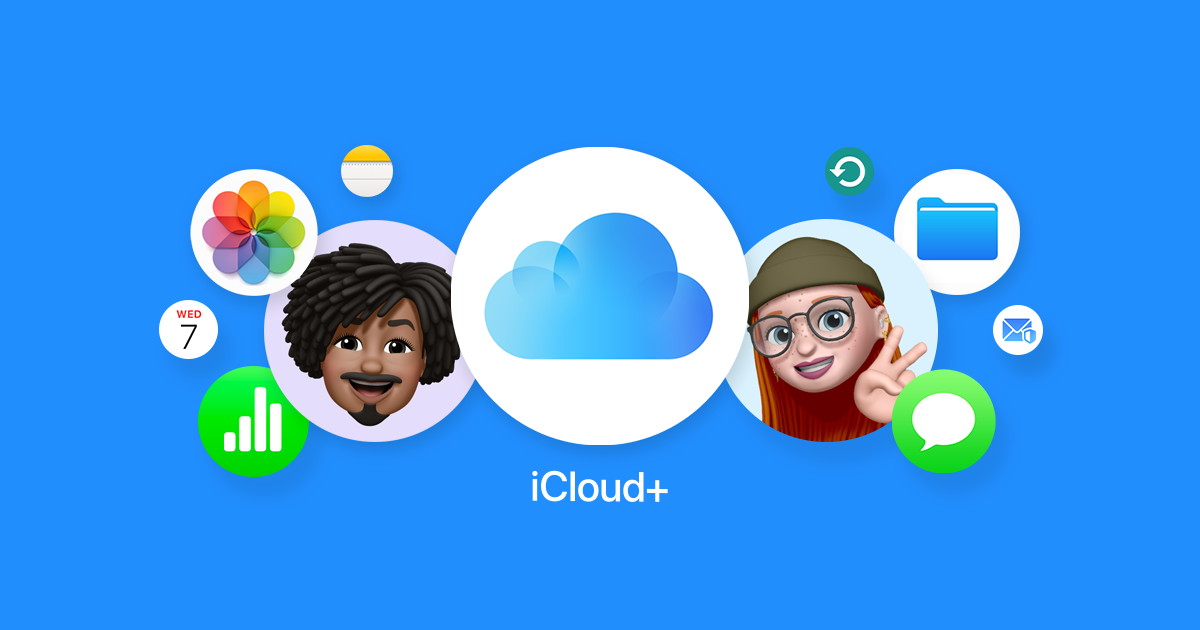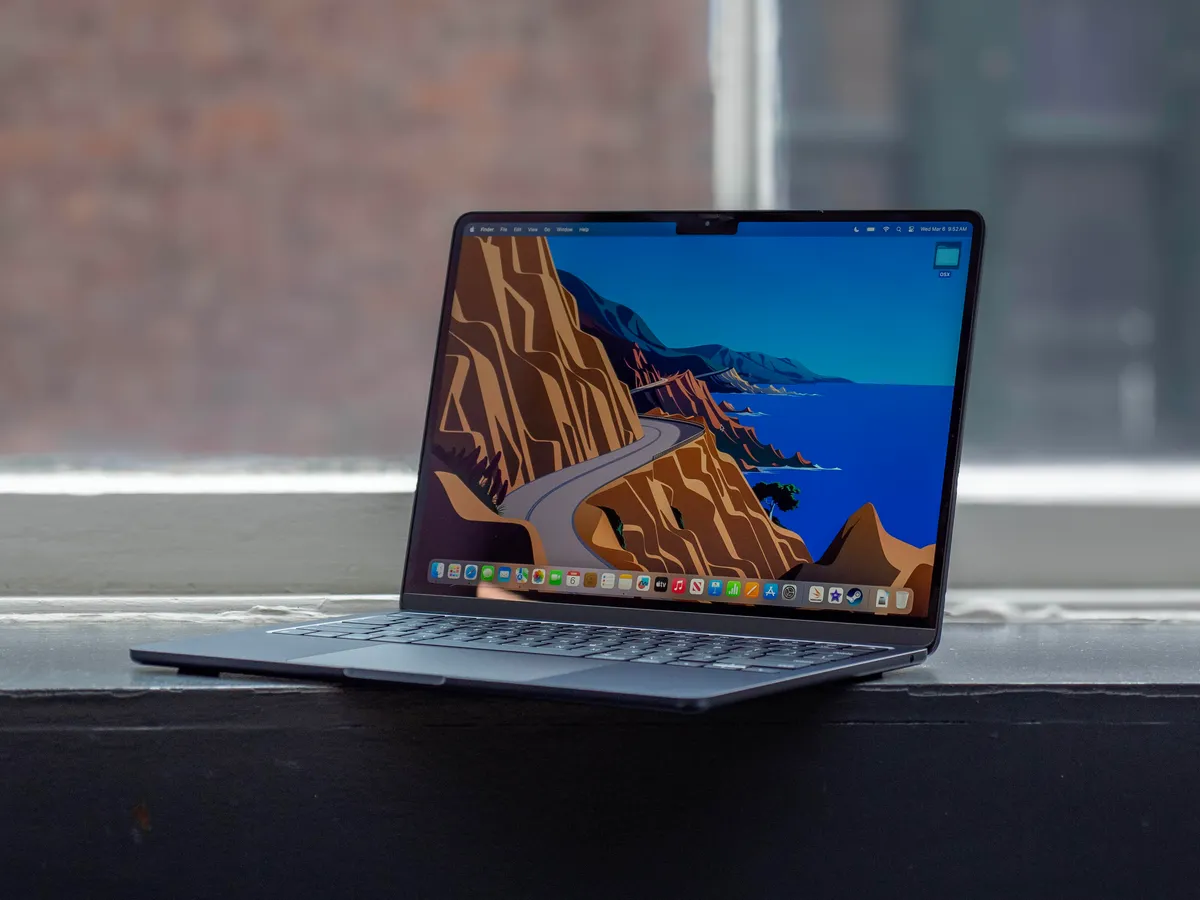The arrival of Apple’s M4 Macs was met with the usual fanfare, promising enhanced performance and efficiency. However, as these powerful machines find their way into the hands of eager users, a concerning trend has emerged: compatibility issues with ultrawide monitors, particularly those boasting the crisp 5K2K (5120 x 2160) resolution. This isn’t a minor glitch; it’s a significant disruption for professionals and creatives who rely on these expansive displays for their workflows.
The problem, as reported across various online forums, including Apple’s own community pages, Reddit, and corroborated by firsthand accounts, centers around the M4 Macs’ inability to properly recognize and utilize the native resolution of these ultrawide displays.
Instead of offering the expected 5120 x 2160 option in display settings, users are presented with lower resolutions, resulting in a noticeably blurry and pixelated visual experience. This isn’t just a matter of aesthetics; it impacts readability, precision in design work, and overall user comfort.
What’s particularly perplexing is that these same monitors function flawlessly with older Mac models, both Intel-based and those powered by previous generations of Apple Silicon, like the M1. This points directly to a software or driver-level incompatibility specific to the M4 architecture.
The core issue seems to be the lack of proper HiDPI (High Dots Per Inch) support. HiDPI effectively doubles the pixel density, rendering text and interface elements sharper and clearer. In the case of these ultrawide monitors connected to M4 Macs, the HiDPI mode simply isn’t engaging, leaving users with a suboptimal visual experience.
The frustration is palpable in online discussions. One user recounted their experience, stating, “While I can select the same resolution on my Mac Mini M4, it doesn’t show HiDPI, and it (indeed) looks worse,” further adding that the same monitor works perfectly with their M1 MacBook Pro, exhibiting proper HiDPI scaling.
Another user echoed this sentiment, noting the absence of a crucial resolution option (3840 x 1620) on their M4 MacBook Pro Max, a resolution readily available on their M1 Max counterpart. These aren’t isolated incidents; they represent a growing chorus of discontent among users who invested in the latest Mac hardware expecting seamless integration with their existing setups.
This issue doesn’t seem confined to a specific Mac model. While initial reports seemed to originate primarily from Mac mini users, similar complaints have surfaced from owners of M4 MacBook Pros, indicating a wider problem affecting the entire M4 lineup. This broad impact further underscores the likelihood of a fundamental incompatibility within the M4’s graphics drivers or display management software.
Desperate for a solution, some users have resorted to third-party utilities like BetterDisplay. While these tools can sometimes force HiDPI mode, they often introduce other compromises. One common side effect is a reduction in the monitor’s refresh rate, dropping from a smoother 75Hz to a less fluid 60Hz. This trade-off is hardly ideal, forcing users to choose between sharpness and responsiveness.
As of now, Apple has yet to officially acknowledge this issue. This lack of communication leaves affected users in limbo, unsure of whether a fix is in the works or when it might arrive. In the meantime, the current best advice for those considering purchasing an M4 Mac and who own a 5K2K ultrawide monitor is to exercise caution. Until Apple addresses this compatibility problem, these users may face significant display issues.
This situation serves as a stark reminder that even with advancements in hardware, software compatibility can still present unexpected hurdles, impacting the user experience and causing frustration for those who rely on their technology for productivity and creativity. This situation is evolving, and hopefully, Apple will provide a swift and effective solution to restore the seamless experience users expect.
Source









